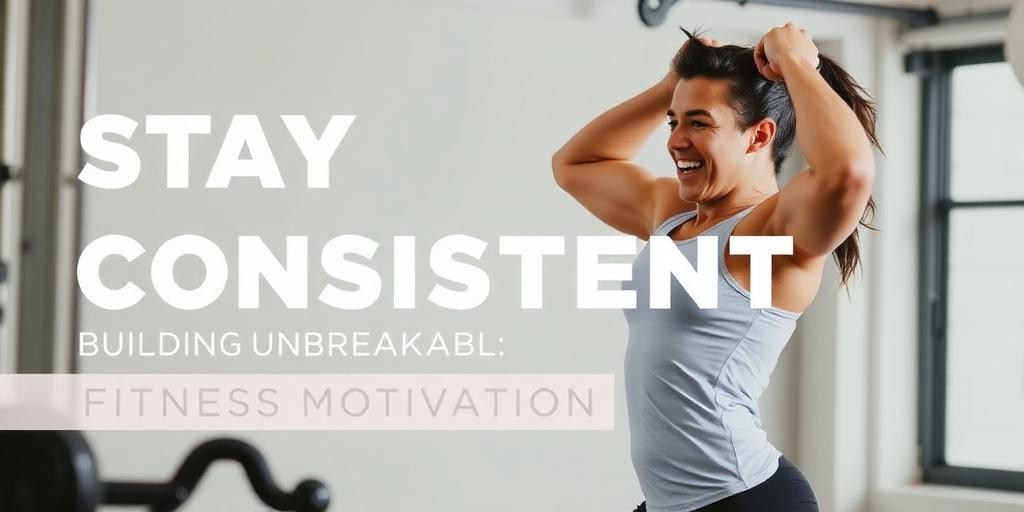Your 8-Step Guide to Building a Fitness Diet
Embarking on a fitness journey requires more than just hitting the gym. A well-structured diet is equally crucial for achieving your goals. This guide provides an eight-step process to create a fitness diet tailored to your needs.
Step 1: Define Your Fitness Goals
Before making any dietary changes, clarify your objectives. Are you aiming to lose weight, gain muscle, or improve overall endurance? Your goals will dictate your calorie and macronutrient needs.
Step 2: Calculate Your Caloric Needs
Use an online calculator or consult a nutritionist to determine your Basal Metabolic Rate (BMR) and Total Daily Energy Expenditure (TDEE). To lose weight, consume fewer calories than your TDEE. To gain muscle, consume slightly more.
Step 3: Determine Your Macronutrient Ratio
The three macronutrients—protein, carbohydrates, and fats—play different roles in your body. A common ratio for fitness diets is:
- Protein: 1.6-2.2 grams per kilogram of body weight (for muscle growth and repair)
- Carbohydrates: 40-50% of total calories (for energy)
- Fats: 20-30% of total calories (for hormone production and overall health)
Step 4: Choose Nutrient-Dense Foods
Focus on whole, unprocessed foods to maximize nutrient intake. Examples include:
- Protein: Lean meats, poultry, fish, eggs, dairy, legumes
- Carbohydrates: Whole grains, fruits, vegetables
- Fats: Avocados, nuts, seeds, olive oil
Step 5: Plan Your Meals
Planning meals in advance helps you stay on track and avoid unhealthy temptations. Prepare a weekly menu with specific meals and snacks.
Step 6: Hydrate Adequately
Water is essential for various bodily functions, including metabolism and nutrient transport. Aim for at least 8 glasses of water per day, and more if you're active.
Step 7: Monitor Your Progress and Adjust
Track your weight, body measurements, and energy levels. If you're not seeing the desired results, adjust your calorie intake or macronutrient ratio accordingly.
Step 8: Be Consistent and Patient
Building a fitness diet is a long-term commitment. Consistency is key to achieving sustainable results. Be patient and celebrate small victories along the way.
By following these eight steps, you can create a fitness diet that supports your goals and enhances your overall well-being. Remember to consult with a healthcare professional or registered dietitian for personalized advice.









